11 Natural Ways To Say Hasta La Vista Roaches
When it comes down to it, the reason that science fiction endures is that it is, at its core, an optimistic genre. What it says at the end of the day is that there is a tomorrow, we do go on, we don’t extinguish ourselves and leave the planet to the cockroaches.
But for some of us, living in the present, it really looks like the roaches took over.
When you see roaches in your house, your first thought might be to grab a bottle of insecticide or to call an exterminator. But not only would you be exposing your family to toxic chemicals, they might not do much good.
A study by published in the journal Scientific Reports finds that German cockroaches — the most common roach species found around the world — are becoming harder to eliminate. These disease-carrying insects are developing resistance to many different insecticides, making them nearly impossible to kill with chemicals alone.
Because cockroaches are becoming so close to invincibility, researchers suggest combining chemical treatments with other methods — like traps and better sanitation — when fighting a roach problem. Or you can forego chemicals and try just natural methods.
Getting rid of roaches naturally can be a slow process. But getting rid of them naturally can also prevent the problem from reoccurring. So how do you do it? Take a shot at these ways to rid your home of roaches without using harsh chemicals!
Ways to Rid Your Home of Roaches the Safe Way
How to Get Rid of Roaches Without an Exterminator
Applying these natural ways to get rid of cockroaches is a longer process than when using hazardous pesticides. But for the sake and safety of your family and pets, taking it one step at a time is all worth it.
Besides, a roach exterminator cost will take a huge dent on your budget. In this article, we will share with you the natural ways to rid your home of roaches slowly but safely, and without a costly exterminator.
1. Boric Acid
Boric acid is basically safe for use around the household and in fact used as an insecticidal substance. But take caution though, because it can be irritating to the skin so make sure to keep it away from children.
To make an effective boric acid cockroach killer, mix a part of powdered sugar to three parts of boric acid. The sugar will lure the roaches to the mixture and will terminate the cockroaches.
Sprinkle or spread the mixture in areas frequented by roaches.
What Is Boric Acid? It is a chemical substance which appears as colorless crystals or white powder which dissolves in water. It has many uses including insecticidal.
2. Wet Coffee Grounds (Water Tar Trap)
After brewing, if your grounds look wet & soggy, try this! Make the grounds coarser & increase the quantity of coffee.
What you’ll need:
- 2-3 large glass jars
- Wet coffee grounds
- Water
- 2-3 small cups
Instructions:
- Fill the large glass jars about halfway with water.
- Place the coffee grounds in the small cups.
- Place one small cup inside one large glass jar. Make 2-3 similar setups with a small cup inside every glass jar.
- Place these jars where you see roaches the most.
- Roaches will be attracted by the aroma of the coffee and try to enter into the jar.
- Once the roaches fall into the water jar, it is nearly impossible for them to escape.
- Check the jars daily and discard any dead roaches.
- Make new traps daily.
- Repeat this process until you discover no sign of roaches within the traps for a couple of days.
3. Liquid Fabric Softener
Roaches breathe through their lower body. When you spray fabric softener on roaches, it will produce difficulty in their breathing and roaches will die due to suffocation.
What you’ll need:
- Spray bottle
- Water
- Fabric softener
Instructions:
- Make a spray by mixing 3 parts of liquid fabric softener with 2 parts water.
- Fill a spray bottle with this mixture.
- Spray this solution on the roaches; making sure the solution hits the lower mid-region and head of the roach.
- In addition, spray this mixture wherever you see evidence of roaches.
4. Ammonia-Water Solution
What you’ll need:
- 2 cups of ammonia
- 1 bucket of water
Instructions:
- Add 2 cups of ammonia to the bucket of water.
- Wash the hard surfaces of your kitchen and bathroom daily with this solution.
Ammonia works effectively as a repellent for roaches due to its sharp smell. Roaches will leave your home in no time using this method.
5. Catnip
While cats love the smell of catnip and it’s non-toxic to humans and animal, the same cannot be said for roaches. It will send the cockroaches flying to wherever they came from.
While the effect is not permanent, you can always reinforce it with any of the roach killers here. You can make a catnip tea where you can spray in areas where cockroaches might be hiding.
Note: This natural repellent should only be used in homes without cats!
6. Listerine Spray
Does Listerine kill roaches? The essential oils present in the mouthwash is what actually kills the roaches, so any brand of mouthwash with essential oils will do.
What you’ll need:
- Water
- Listerine
- Dishwashing liquid
- Spray bottle
Instructions:
- Mix equal parts of water and Listerine to make a solution and add two drops of dishwashing fluid to it.
- Add this mixture to a spray bottle and spray areas where you have seen evidence of roaches; also can be sprayed directly on the roaches.
7. Soapy Water – To Kill Roaches on Contact
As I mentioned before, roaches breathe through their body and spraying them with soapy water will suffocate them.
What you’ll need:
- 3 Tbsp of dishwashing liquid (preferably regular blue Dawn dishwashing liquid)
- Water
- Spray bottle
Instructions: Add 3 Tbsp of Dawn dishwashing liquid to 4-6 oz of water. Using a spray bottle, spray this mixture directly on roaches to kill them on contact.
8. Essential Oils – Citronella, Peppermint, or Lemongrass
It’s amazing how the scent we love, cockroaches hate. You will love this essential oil trick which will make your home smelling heavenly and cockroach-free.
Soak some cotton balls in the essential oil of your choice. From lemongrass, citronella, cypress, tea tree oil, and peppermint, they can all be effective.
Place the essential oil-soaked balls in areas around the home where the cockroaches are hiding. Or, you can also make this essential oil spray cockroach repellent.
- Make a spray solution by putting half a cup of water in a spray bottle.
- Add 10 drops of peppermint essential oil.
- Add 5 drops of cypress essential oil.
- Mix and spray in areas desired frequented by cockroaches.
9. Bay Leaves
Unlike us, who sniffs at bay leaves before throwing them to a dish cooking, cockroaches hate the scent of bay leaves. For this, bay leaves are a fantastic way to get rid of cockroaches naturally.
You simply need to crush a handful of bay leaves, then spread them in areas where cockroaches may be hiding.
10. Edible Baking Soda
The amazing baking soda simply has no bounds to the wonderful things it can do for our home. With the many benefits of baking soda around the home, it’s incredible they are effective roach killers, too.
Apparently, when baking soda comes to contact with water, it just expands.
To make a simple and safe cockroach repellent, mix edible baking soda and sugar in equal parts and sprinkle them in crevices and areas they frequent. The cockroaches will consume them and you know what will happen next.
11. Cedar
Cedar also ranks one of the plants which a few insects find disgusting, and it includes cockroaches. Thujone–an essential oil present in cedar is the culprit.
While we find the aroma pleasant, insects are averse to it. Leave pieces of cedar in the kitchen areas where they could be frequenting to stop these intruders in their tracks.
Learn how to get rid of cockroaches in 4 easy steps in this video from Solutions Pest & Lawn:
We may never know how to get rid of cockroaches forever since they’ve been here before us. But we do know we can get rid of these critters in our territory.
With these natural ways to rid your home of roaches, you have several options to choose from. Apply all these natural ways to rid your home of roaches and we’ll be seeing none of these critters for good!
Which of these natural ways to rid your home of roaches have you tried or wish to try? Tell us about your thoughts in the comments section below!
We thank our guest contributor Stacy Bravo for this article.
Other Self-sufficiency and Preparedness solutions recommended for you:
The Lost Ways (The vital self-sufficiency lessons our great grand-fathers left us)
Survival MD (Knowledge to survive any medical crisis situation)
Backyard Liberty (Liberal’s hidden agenda: more than just your guns…)
Alive After the Fall (Build yourself the only unlimited water source you’ll ever need)
The Lost ways II (4 Important Forgotten Skills used by our Ancestors that can help you in any crisis)
The Patriot Privacy Kit (Secure your privacy in just 10 simple steps)
Getting rid of roaches naturally can be a slow process. But getting rid of them naturally can also prevent the problem from reoccurring.












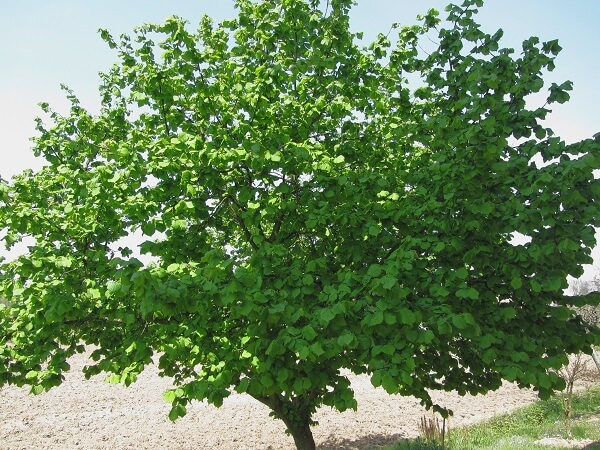








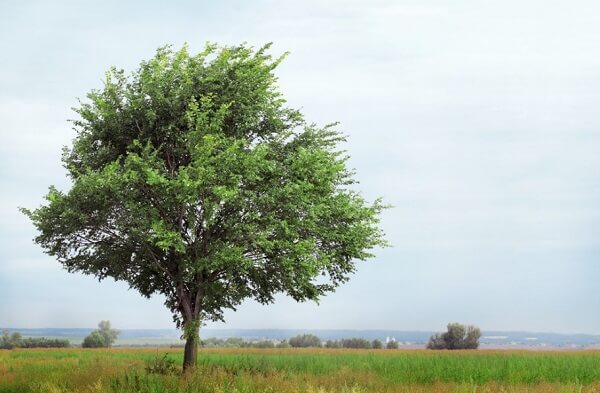

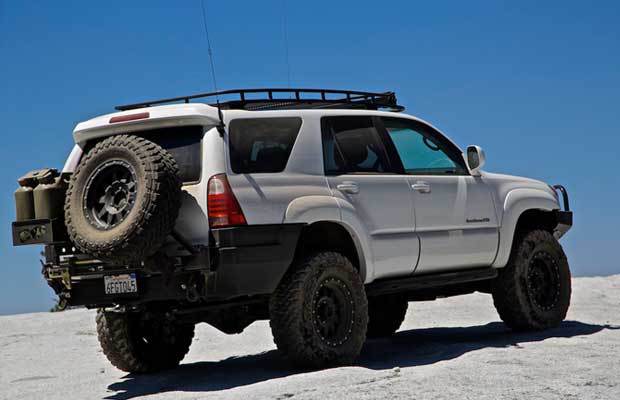




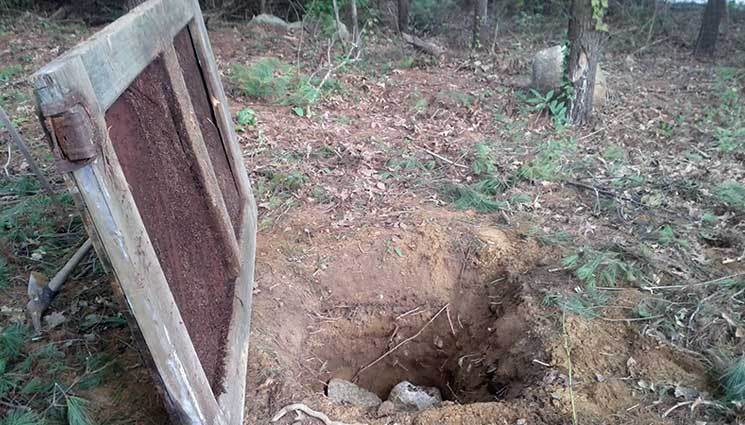


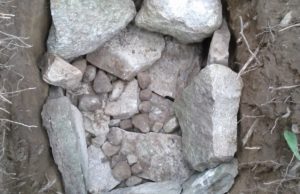



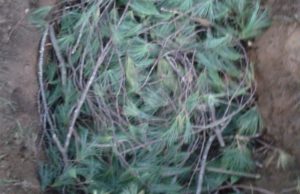
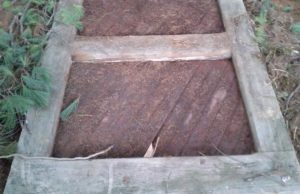
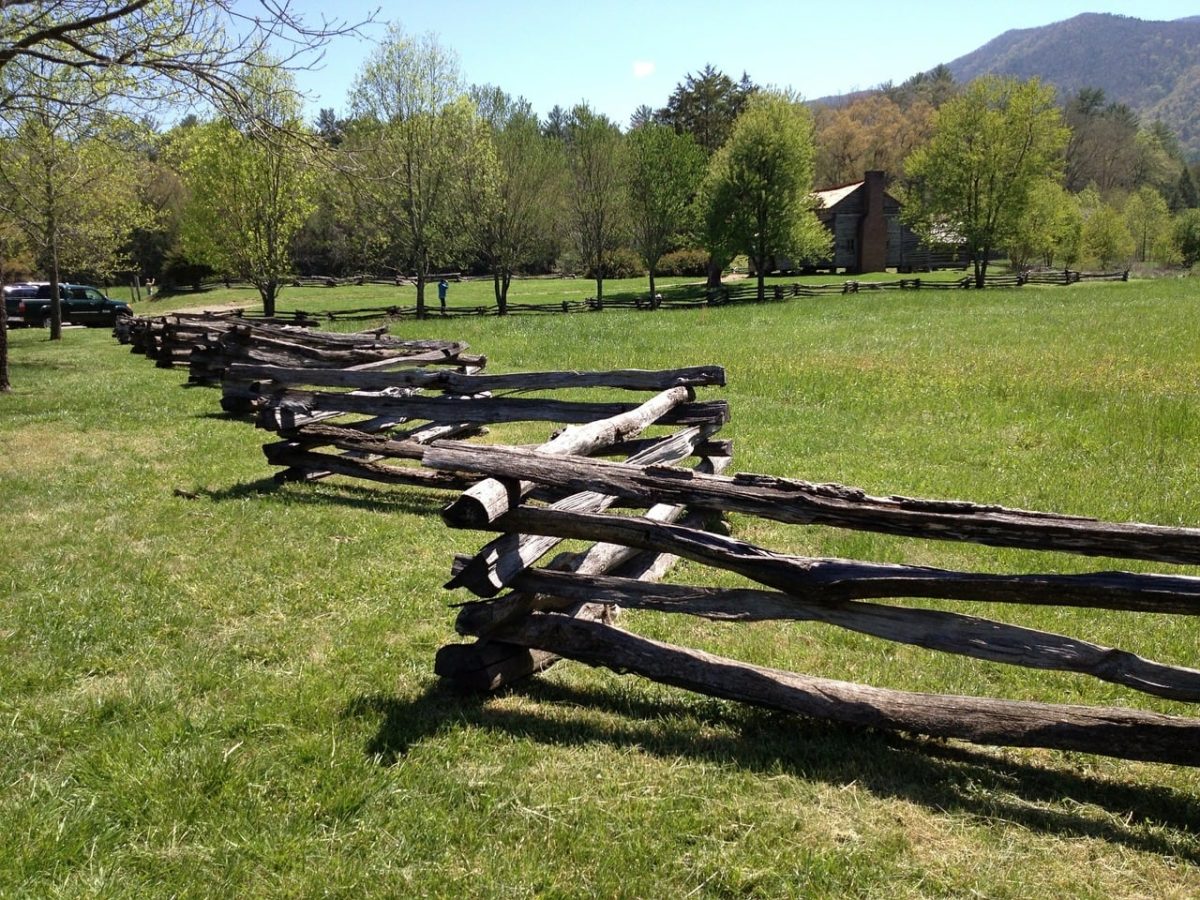
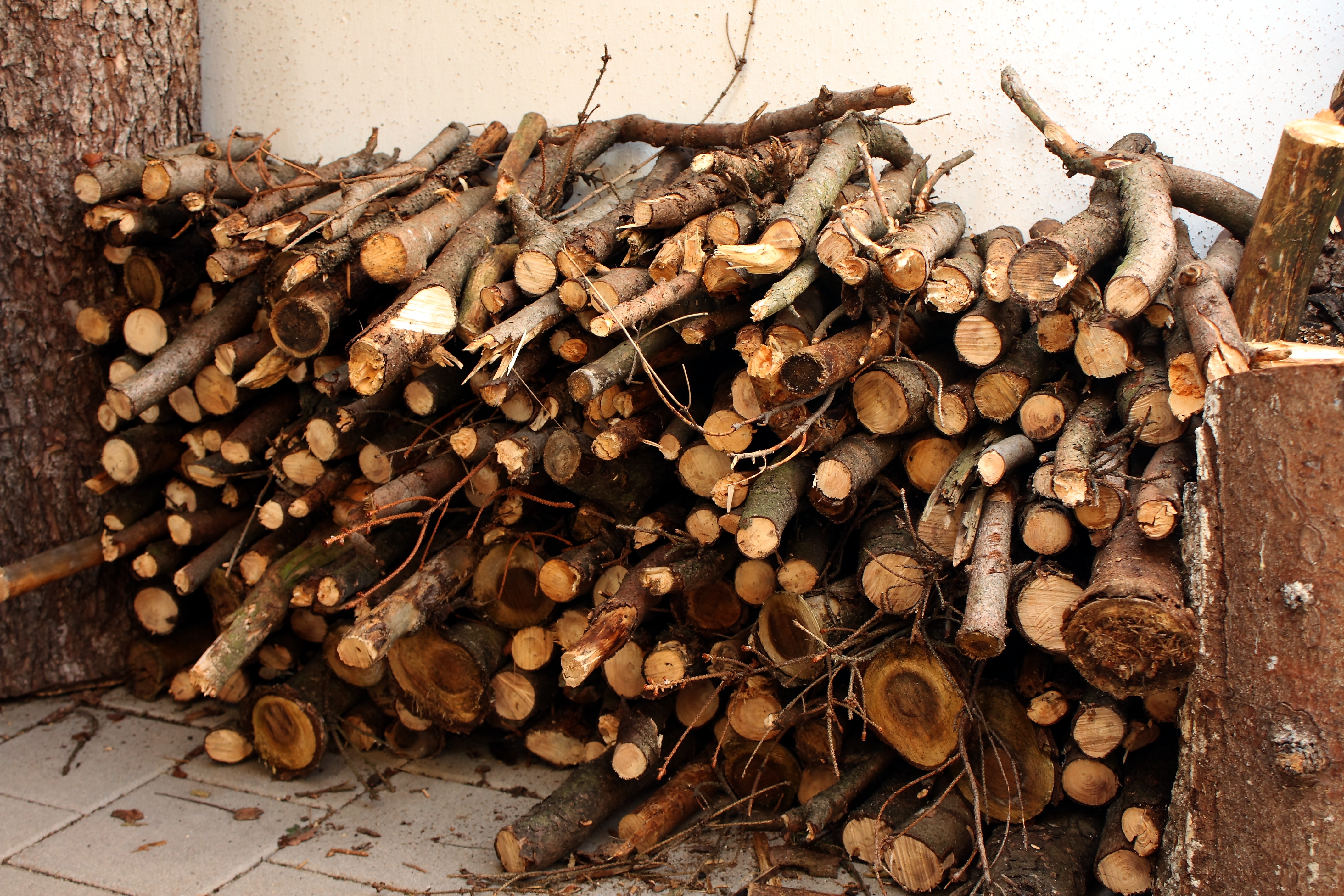
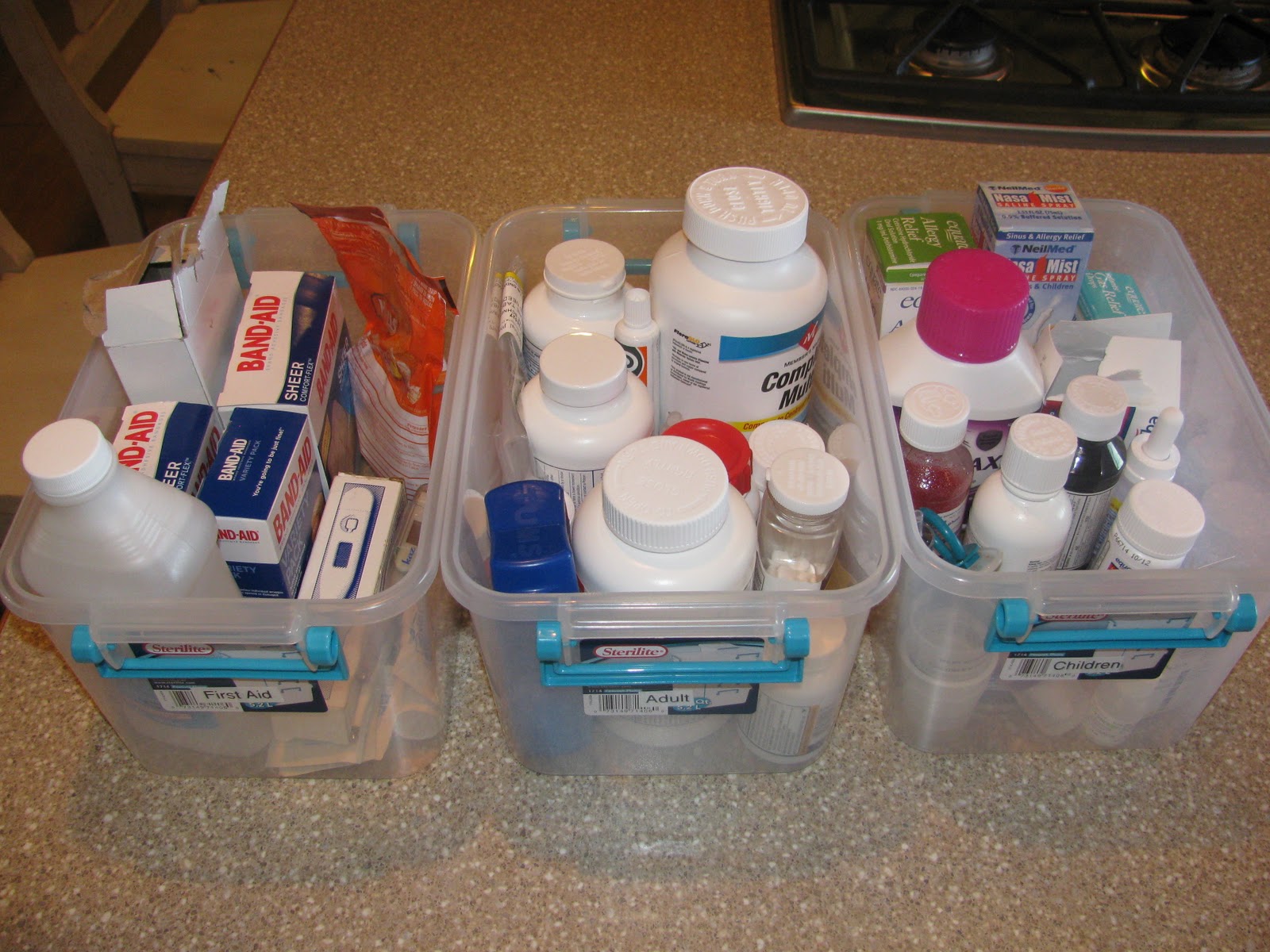

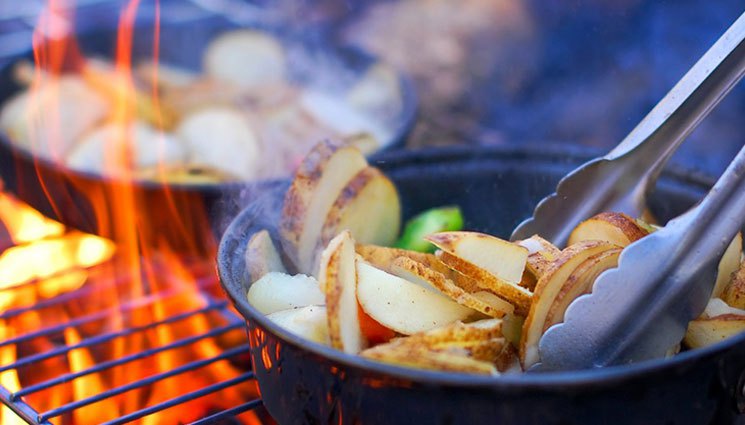

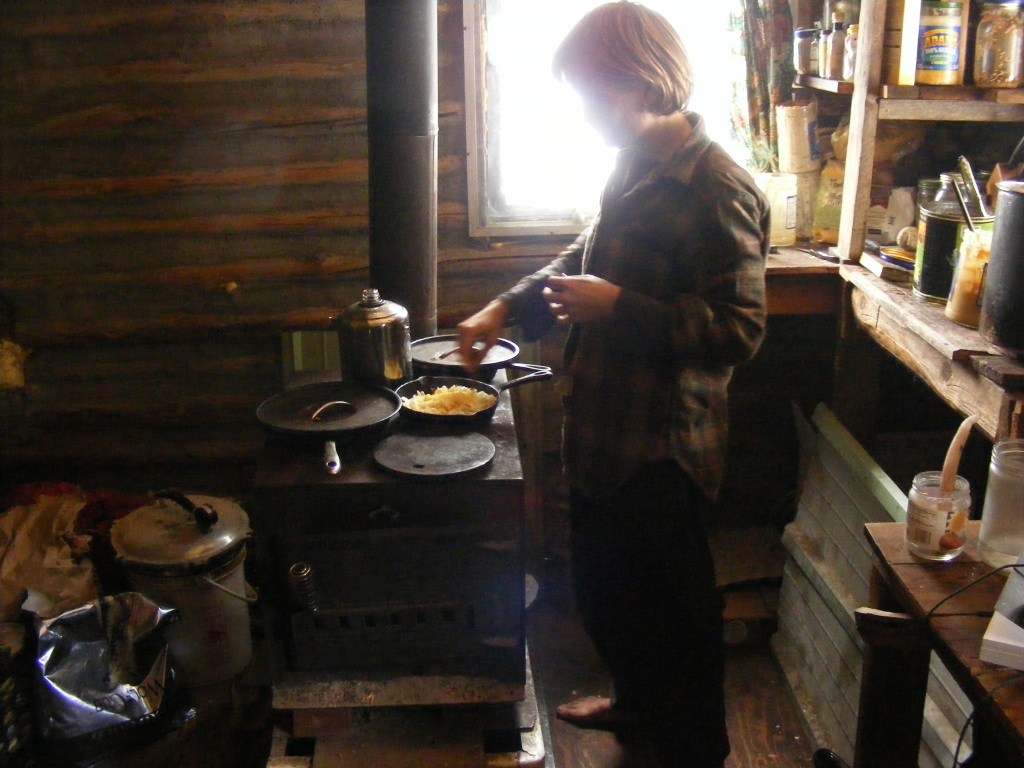
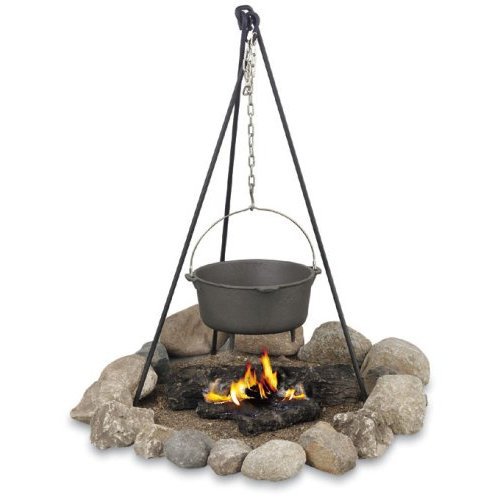







![apple-harvest[1]](https://www.finalprepper.com/wp-content/uploads/2016/06/apple-harvest1.jpg)
![victoria-plum[1]](https://www.finalprepper.com/wp-content/uploads/2016/06/victoria-plum1.jpg)
![planting-fruit-tree[1]](https://www.finalprepper.com/wp-content/uploads/2016/06/planting-fruit-tree1.jpg)
![fruit-tree-planted[1]](https://www.finalprepper.com/wp-content/uploads/2016/06/fruit-tree-planted1.jpg) Fruit trees always seem to be such strong, healthy plants that we forget how vulnerable they are when first planted. Yet during the first year, the tree can easily die from not getting enough water or nutrients. Until the root system is at least as large as the tree it supports, it is particularly vulnerable to environmental stress.
Fruit trees always seem to be such strong, healthy plants that we forget how vulnerable they are when first planted. Yet during the first year, the tree can easily die from not getting enough water or nutrients. Until the root system is at least as large as the tree it supports, it is particularly vulnerable to environmental stress.
![The-Importance-of-Urban-Survival-Caches[1]](https://www.finalprepper.com/wp-content/uploads/2016/05/The-Importance-of-Urban-Survival-Caches1-1.jpg)
![burial-tube[1]](https://www.finalprepper.com/wp-content/uploads/2016/05/burial-tube1.jpg)
